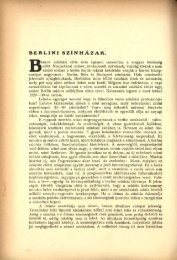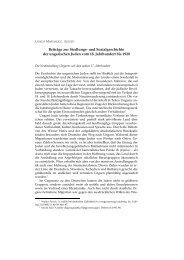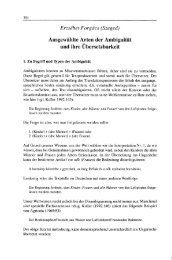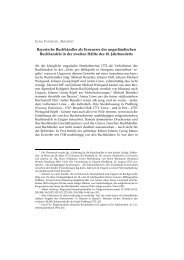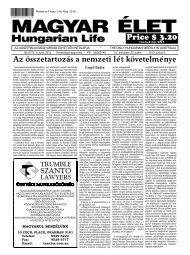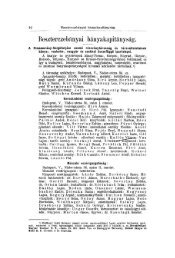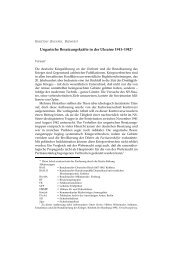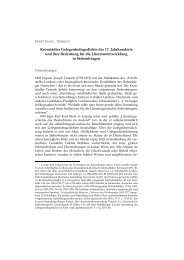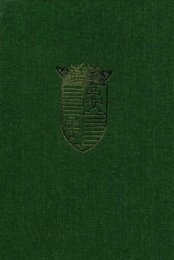Journal of Eurasian Studies - EPA
Journal of Eurasian Studies - EPA
Journal of Eurasian Studies - EPA
You also want an ePaper? Increase the reach of your titles
YUMPU automatically turns print PDFs into web optimized ePapers that Google loves.
April‐June 2010 JOURNAL OF EURASIAN STUDIES Volume II., Issue 2.<br />
_____________________________________________________________________________________<br />
part <strong>of</strong> Madhya Pradesh (Central Province) for a long time. Arian rulers married Hun princesses even in<br />
the 9th century A.D. Some Rajput dynasties, e.g. that <strong>of</strong> Mewar, claimed to be descended from the Huns.<br />
From the second part <strong>of</strong> Mihiragula’s name (on some <strong>of</strong> his coins “Mihiragula” is written): Gula – which<br />
was most probably a dignitary name, meaning a ruling War Lord – originated the name <strong>of</strong> the present<br />
Gulot (Guhilot, Gehlot) dynasty; this dynasty provides the Maharanas <strong>of</strong> Udaypur even today. The word<br />
“Maharana” means the leader <strong>of</strong> all Maharajas; the “King <strong>of</strong> Kings”, similar to the old Indo‐Scythian and<br />
Kushan title: “Shahan Shahi”. Indeed the Maharana is the sacred ruler. 44<br />
The Hephtalite rule in Kashmir represented their other Indian continuity. After Mihirakula’s death, his<br />
youngest brother (half‐brother), the youngest son <strong>of</strong> Toramana, Pravarasena I, returned from Bactria.<br />
Pravarasena was the son <strong>of</strong> Toramana’s younger wife and, during Mihirakula’s reign, she went into exile<br />
with their son because she had fears regarding the safety <strong>of</strong> Pravarasena. Mihirakula would not tolerate a<br />
possible pretender. Pravarasena was a young man, about 25 years old, when he ascended to the throne in<br />
Kashmir. 45 His Kingdom included Kashmir, the northern part <strong>of</strong> Punjab, the Swat Basin, South Bactria<br />
and Gandhara, so it was a fairly big territory. He had a good relationship with some <strong>of</strong> the Indian princes,<br />
e.g. the King <strong>of</strong> Malwa, Siladitya, asked for Pravarasena’s help to defend his throne against a tribal prince.<br />
Pravarasena I was followed by his son, Pravarasena II; the two kings ruled from 537 till 597 A.D.<br />
Pravarasena II was followed by his son, Gokharna, then his grandson, Khinkila (Khingala), and Khinkila’s<br />
son, Yudhishthira; and finally, Khinkila’s grandson, Lakhana, who was the last Hephtalite king in Kashmir.<br />
This is confirmed by the written sources, primarily the Rajatarangini, and by the archaeological finds and<br />
coins. 46 Lakhana ruled until 670 A.D.; from that time, another dynasty came into power in Kashmir.<br />
The Indian rule <strong>of</strong> the Hephtalites lasted for 200 years but the influence <strong>of</strong> their successors can be<br />
traced even today.<br />
Now let us see what happened to those groups <strong>of</strong> the Hephtalites, who did not want to assimilate into<br />
Indian society or who did not rule in Kashmir. They went farther to the North, toward their original land<br />
in the Oxus Valley. A smaller group settled down in the well‐protected Gilgit Valley, founding the<br />
Province <strong>of</strong> Hunza; they practice their ancient Shamanism even today.<br />
The part <strong>of</strong> the Hephtalites, who returned to the Oxus Valley, could not stay for long. Their former<br />
enemies, the Sassanians, did not forget Peroz’ defeat by the White Huns. Now they started a war against<br />
the Hephtalites and, in 565 A.D., the Sassanian King, Kushrew Anushirwan, defeated them. In the<br />
meantime, the former vassals <strong>of</strong> the Hephtalites, the Türks became strong in Tokharistan and they wanted<br />
to take revenge upon their former masters. They won a battle against the Hephtalites and then they<br />
wanted to put the White Huns in a vassal status. The kagan, the armed forces and the leaders were<br />
naturally forced to flee. They were joined by a part <strong>of</strong> the Zhuan‐Zhuan tribe and the Uar‐Huns or<br />
according to other sources, the Var‐Huns, who were called Avars later on. 47 These tribes were also fleeing<br />
from the Turkic army. They established a tribal confederation together under the pressure <strong>of</strong> necessity. As<br />
44 Aradi, Éva: “A hunok Indiában”, Bp. Hun‐Idea, 2005. pp.71‐82.<br />
45 Aradi, Éva: “A fehér hunok története”, in Magyarságtudományi tanulmányok”, Hun‐Idea, 2008, p.24.<br />
46 Kalhana: Rajatarangini, III. p.383.<br />
47 Aradi, Éva: “A fehér hunok története” in “Magyarságtudományi tanulmányok”, Hun‐Idea, 2008. p.27.<br />
_____________________________________________________________________________________<br />
© Copyright Mikes International 2001‐2010 54


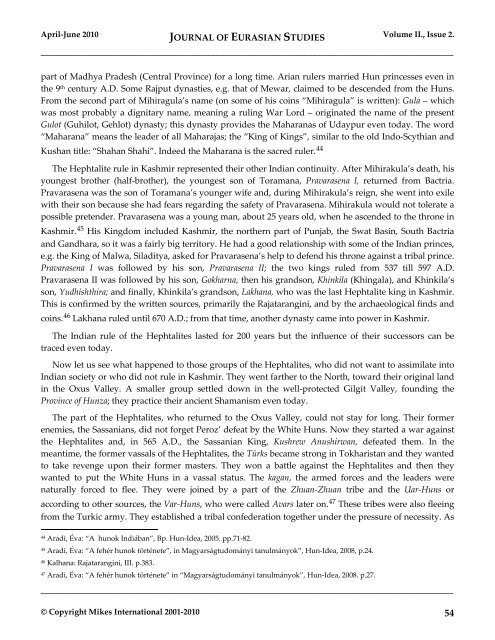
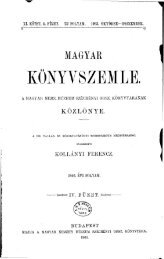
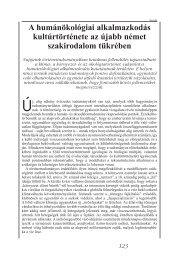
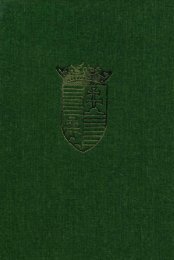
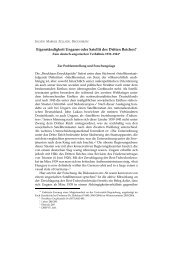
![Letöltés egy fájlban [36.8 MB - PDF] - EPA](https://img.yumpu.com/23369116/1/172x260/letoltes-egy-fajlban-368-mb-pdf-epa.jpg?quality=85)
